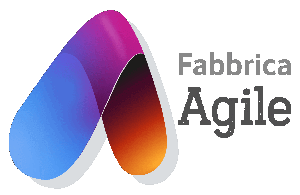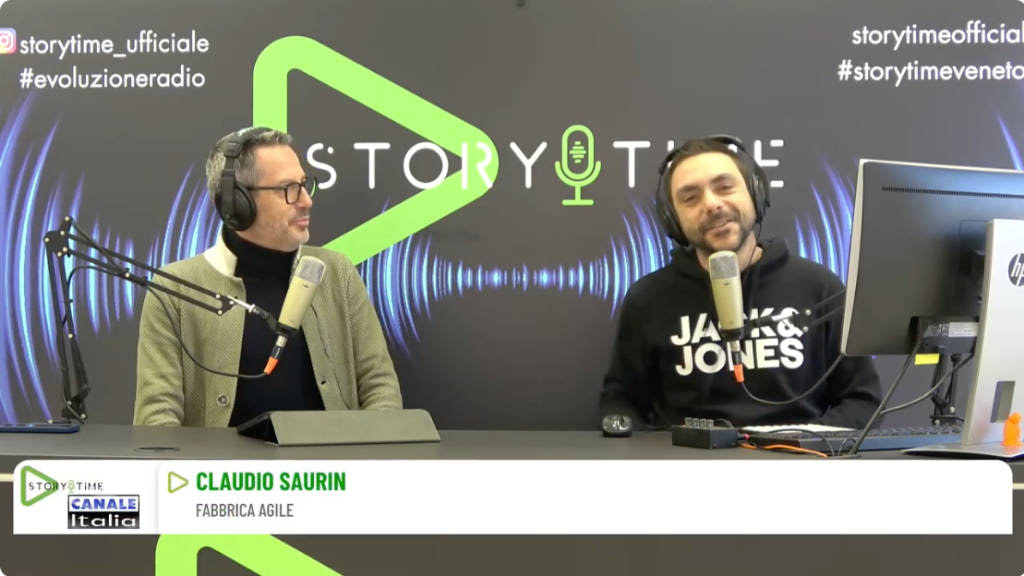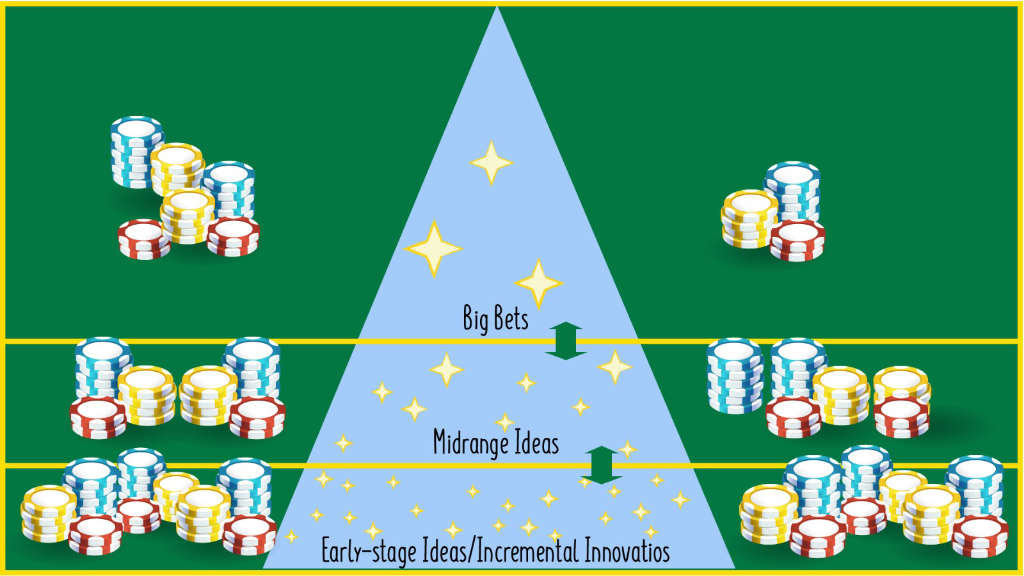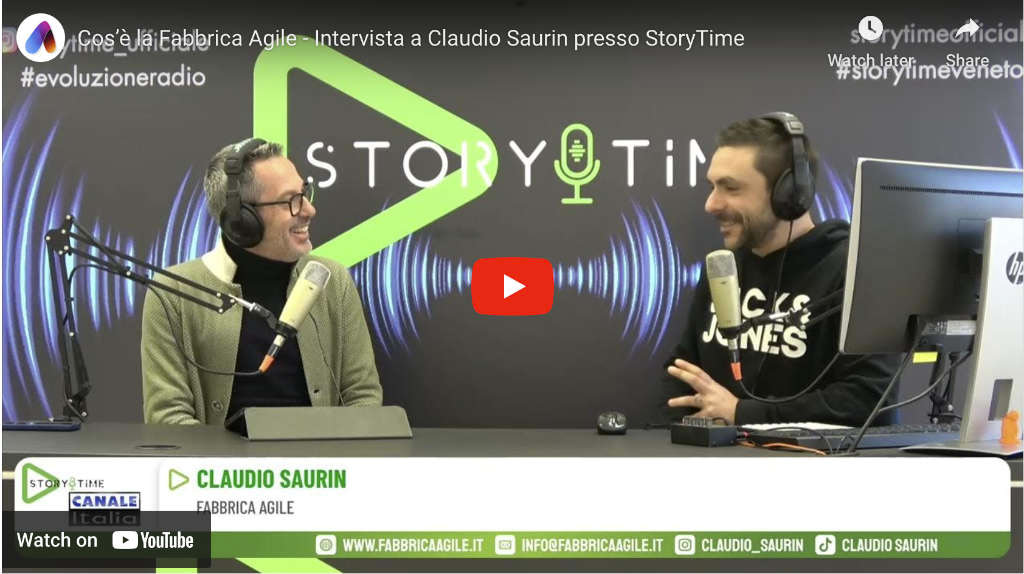Today, when designing products, among the many aspects of design for x, those of environmental sustainability (level of ESG improvement) are increasingly important.
Environmental Life Cycle Assessments (LCA or Life Cycle Assessment) must be taken into account in addition to these requirements, and in particular:
- The comparison of possible solutions
- The identification of critical impact factors
- The verification of the achievement of objectives
Requirements for environmental sustainability are more effectively achievable the more they emerge early in the project.
In an opposite way, environmental assessments are easier to make if the product is in an advanced state of development.
For example, aspects of disassembly for recycling are best verified with physical elements.
Unfortunately, these two aspects are particularly difficult to pursue when sequential or cascading development logics are employed.
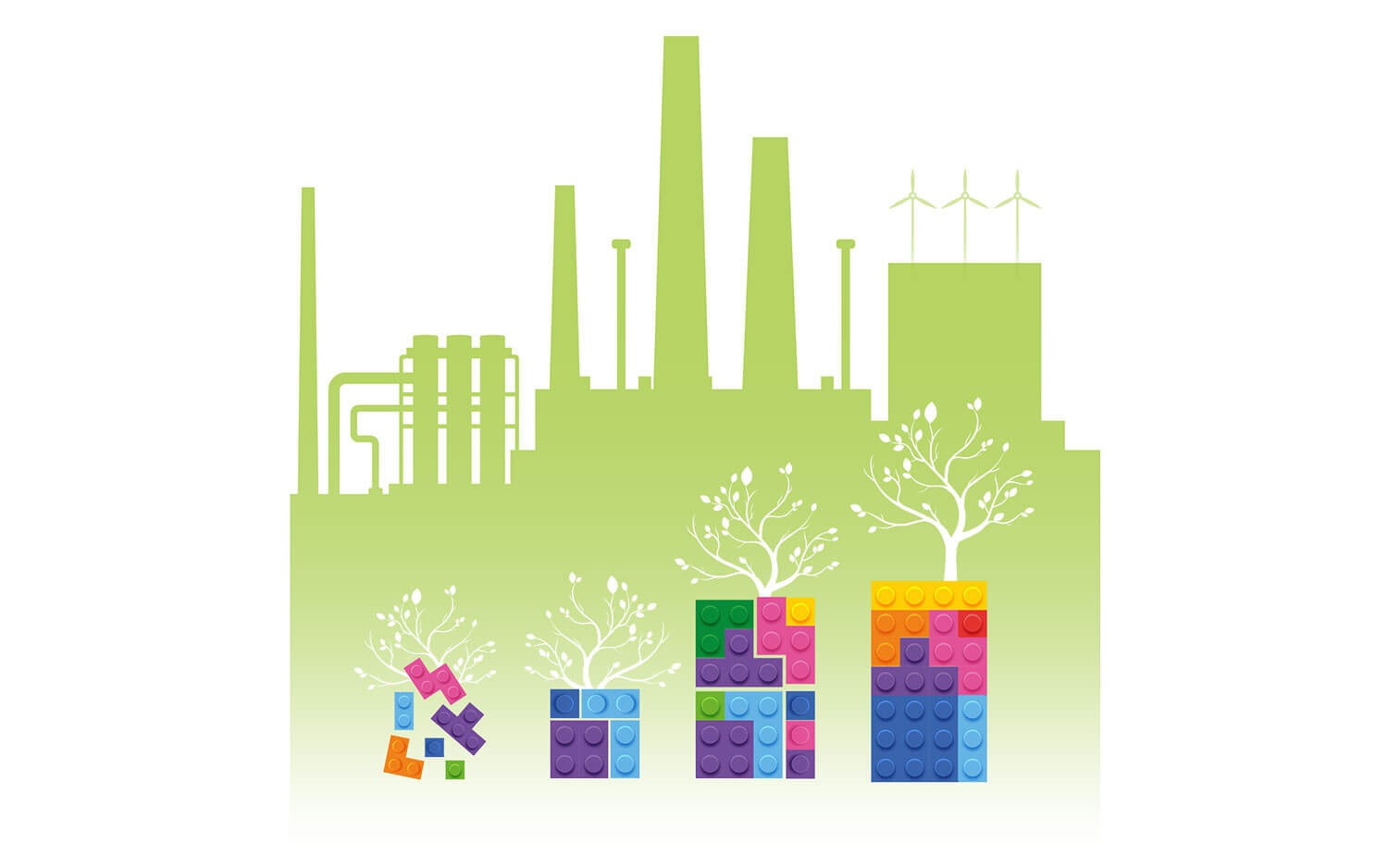
The Agile approach adapted to physical products, due to the strong overlap of phases, allows requirements and impact assessments to be carried out together.
Among the many cases of Agile development of environmentally friendly products, I remember the case of roller conveyors, done with one of my teams.
For the motorizations of these conveyors, it has been relatively easy to switch from low-efficiency worm gear motors to high-efficiency gearboxes.
This allowed for lower power electric motors.
For the support structures, a number of alternative solutions ( concurrent solution sets) were advanced in parallel, including in particular
- Structures made of aluminum extrusions, with specific profiles to design, and anodized.
- Precision laser-cut, bent and hot-dip galvanized sheet metal structures.
During construction, we developed several “pretypes” in order to be able to validate the solutions from the perspective of manufacturability, assembly, and environmental impact throughout the life of the product.
Looking deeper into the analysis, the team discarded seemingly very promising solutions, such as those made of extruded aluminum, because the processing waste due to custom cutting was found to be very significant.
We did not consider the excess scrap, although recyclable, of aluminum extrusions produced with fixed lengths to be acceptable.
The whole project was also aimed at making it possible to recycle the components at the end of the product’s life by aiming to easily separate the different materials.
Minimizing the number of components also means facilitating disassembly and subsequent disposal.
The interlocking fastenings of the plastic elements, without rivets or screws, allow for very easy recycling of the components with no residual parts left behind.
We have built several pretypes, and in some cases true prototypes of the plastic parts, with additive manufacturing.
Only in this way could their assembly and disassembly be validated in practice.
In other words, Agile Design, with the systematic use of pretypes, has enabled us to develop products with low environmental impact, in a much shorter time than the classical waterfall approach.
Working in teams with different suppliers, we discovered things, which we did not imagine, about the impact of some design solutions.
